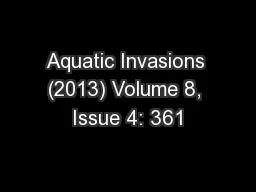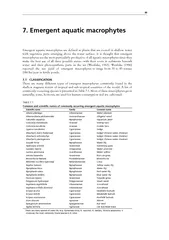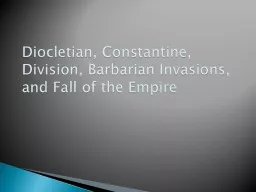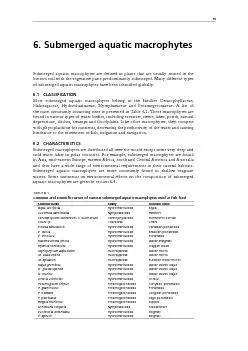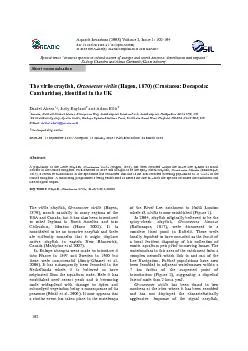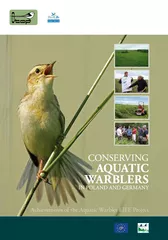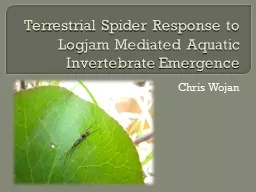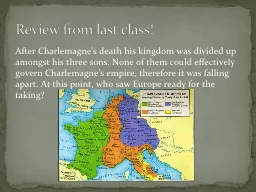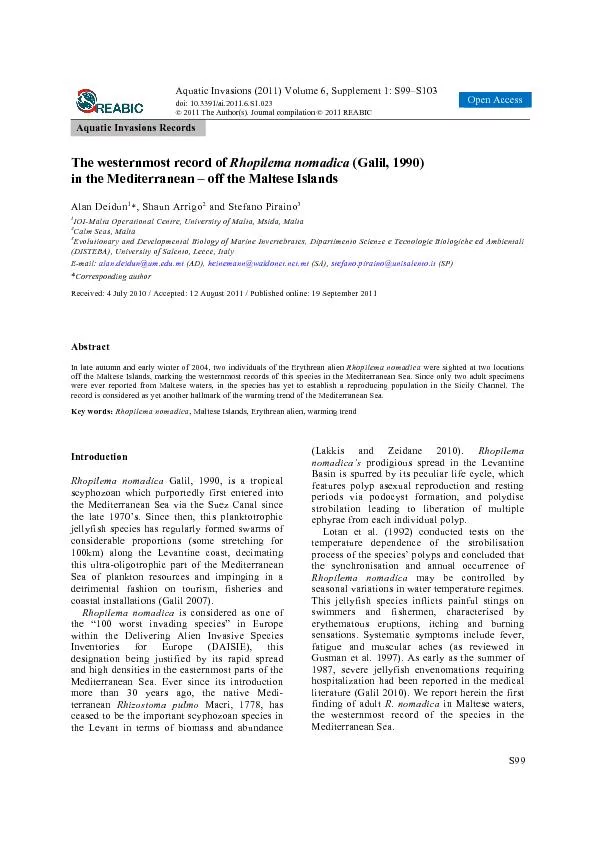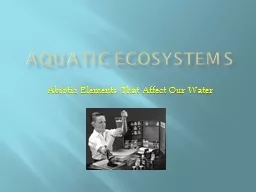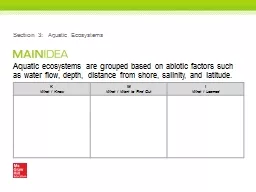PDF-Aquatic Invasions (2013) Volume 8, Issue 4: 361
Author : olivia-moreira | Published Date : 2016-10-14
361 Research Article The Laurentian Great Lakes as a beacfor biological invasions John D Rothlisberger JD Rothlisberger and DM Lodge 362 excellent summaries and
Presentation Embed Code
Download Presentation
Download Presentation The PPT/PDF document "Aquatic Invasions (2013) Volume 8, Issue..." is the property of its rightful owner. Permission is granted to download and print the materials on this website for personal, non-commercial use only, and to display it on your personal computer provided you do not modify the materials and that you retain all copyright notices contained in the materials. By downloading content from our website, you accept the terms of this agreement.
Aquatic Invasions (2013) Volume 8, Issue 4: 361: Transcript
Download Rules Of Document
"Aquatic Invasions (2013) Volume 8, Issue 4: 361"The content belongs to its owner. You may download and print it for personal use, without modification, and keep all copyright notices. By downloading, you agree to these terms.
Related Documents

